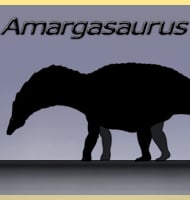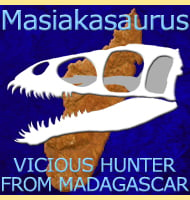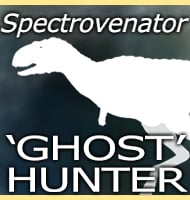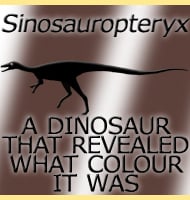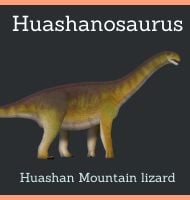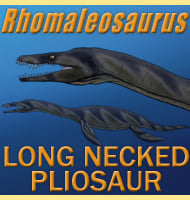In Depth
Phascolonus was a genus of giant wombat that lived in Australia during the Pleistocene period. Fossils of this genus have been found at one of the most well-known areas for Pleistocene animals in Australia, Lake Callabonna. Lake Callabonna is especially well known for the remains of the huge Diprotodon, another large wombat that probably inhabited the same areas at the same time as Phascolonus.
Further Reading
- A new species of the wombat Warendja from the Late Miocene deposits at Riversleigh, North-West Queensland, Australia - Palaeontology 50(4):811-828 - P. Brewer, M. Archer, S. Hand and H. Godthelp - 2007.

